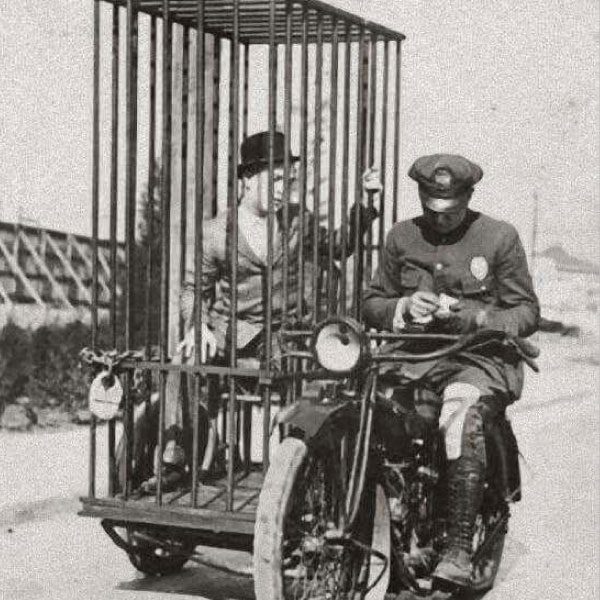Historical Photos That Made The World Take Notice

Advertisement – Continue Reading Below
A picture, rather than words, can elicit a buried memory and recall a precise moment in time. But why is that?
We are in awe of our history and heritage as we look at these captured moments. For many years, neuroscientists have known that humans have a remarkable ability to encode images. Our history has taught us invaluable lessons and provided us with many do’s and don’ts. It always gives us a sense of hope, strength, and, on rare occasions, even comedy.
Advertisement – Continue Reading Below

